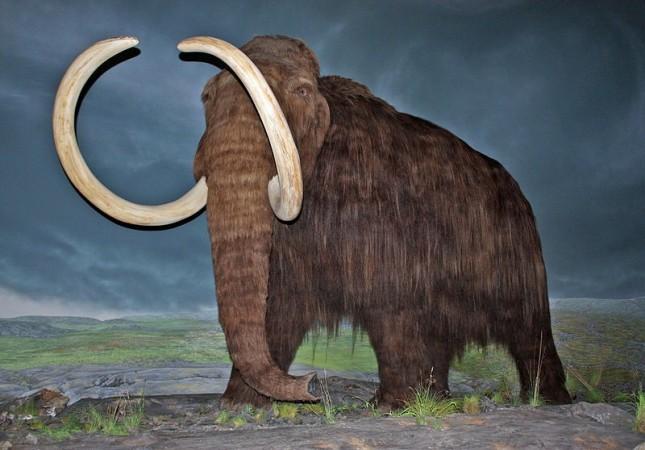
A team of Russian and South Korean scientists claimed that they have collected the first samples of blood and muscle tissue from a well preserved carcass of a female Siberian woolly mammoth buried in ice.
Earlier in May, scientists found the frozen body of a 10,000 to 15,000-year-old mammoth on a remote island in the Arctic Ocean. Semyon Grigoryev, a scientist at the Yakutsk-based Northeastern Federal University (NEFU), said the ancient animal was a female mammoth that died at the age of around 60.
Grigoryev and other scientists were surprised when they found a well-preserved carcass on Lyakhovsky Islands of Novosibirsk archipelago. The carcass was so well preserved that the researchers claimed that they discovered liquid blood in ice cavities below the stomach. The samples were collected in tubes with a special preservative agent.
"The blood is very dark, it was found in ice cavities bellow the belly and when we broke these cavities with a poll pick, the blood came running out. Interestingly, the temperature at the time of excavation was -7 to - 10ºC. It may be assumed that the blood of mammoths had some cryoprotective properties, Grigoryev said in a statement from NEFU.
This is the first time that scientists have managed to find mammoth blood. The discovery has revived hopes of cloning the prehistoric animal, according to them.
In the press release from NEFU, Grigoriev said his expedition team found that the fragments of muscle tissues have a natural red colour of fresh meat. He cited that the tissues were well preserved because the lower half of the mammoth's body was submerged in water at the time of its death, after which the water eventually froze. This enabled the researchers to collect preserved samples of blood vessels and soft tissue.
The upper part of the body including the back, head and two legs were found in the middle of the Siberian tundra. The upper part was not well preserved and it is believed to have been eaten by predators.
The collected samples have been sent "for bacterial examination in order to detect causative agents of especially dangerous infections," Grigoriev said. NEFU has been involved in a project "Mammoth Rebirth" with South Korea's Sooam Biotech Research Foundation in a bid to bring back the extinct animal.









